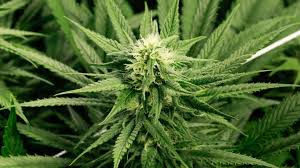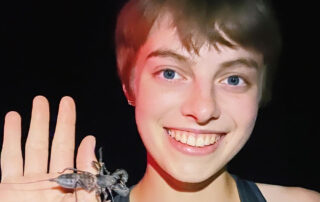University of California, Division of Agricultural and Natural Resources
Community Members Invited to Support Favorite UC ANR Programs May 19-20
By Pam Kan-Rice, UCANR
California farmers can grow crops with less water. Gardeners can control pests with safer methods. Community members can take steps to protect their homes from wildfire. Children can learn life and work skills. Families can stretch their food dollars to provide nutritious meals. Californians have benefited from University of California Agriculture and Natural Resources research and outreach in many ways. And thanks to the state’s historic boost to UC ANR funding, more UC Cooperative Extension scientists and educators are being hired to address the unique needs of communities across California.
From noon to noon on May 19-20, the public is invited to donate for UC ANR Giving Day, sponsored by Tri Counties Bank, to enhance their favorite UC ANR projects or programs.
The 24 hours of giving will expand UC ANR outreach to benefit the health and well-being of more Californians throughout the state.
In the past, donations have been used to fund UC Master Gardener demonstration gardens, purchase teaching supplies for California Naturalists, and fund scholarships for children to develop life and work skills in UC ANR’s 4-H programs.
Donors are invited to give to UC Cooperative Extension in their counties, Research and Extension Centers and favorite programs. When visitors click “GIVE” on the upper right of the website http://donate.ucanr.edu/givingday, fund choices appear in drop-down menus.
Online gifts made between noon on May 19 and 11:59 a.m. on May 20 may help programs qualify for prize challenge awards. Donations can be made at http://donate.ucanr.edu/givingday.
If you prefer sending a check instead of donating online, please make checks payable to “UC Regents” and specify the fund, then mail to UC ANR Gift Processing, 2801 Second Street, Davis, CA 95618.
UC Agriculture and Natural Resources brings the power of UC to all 58 California counties. Through research and Cooperative Extension in agriculture, natural resources, nutrition, economic and youth development, our mission is to improve the lives of all Californians. Learn more at ucanr.edu and support our work at donate.ucanr.edu.

















